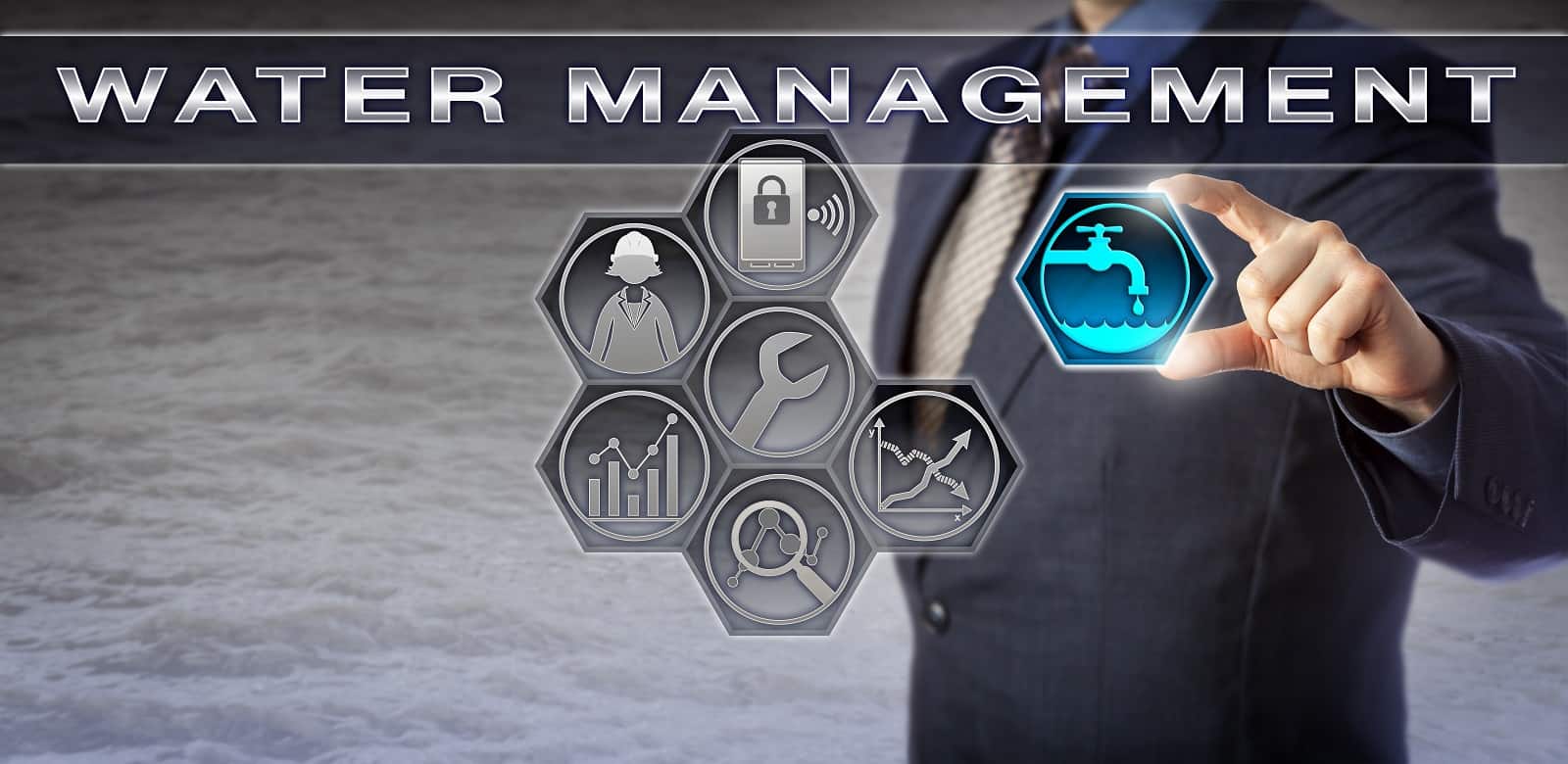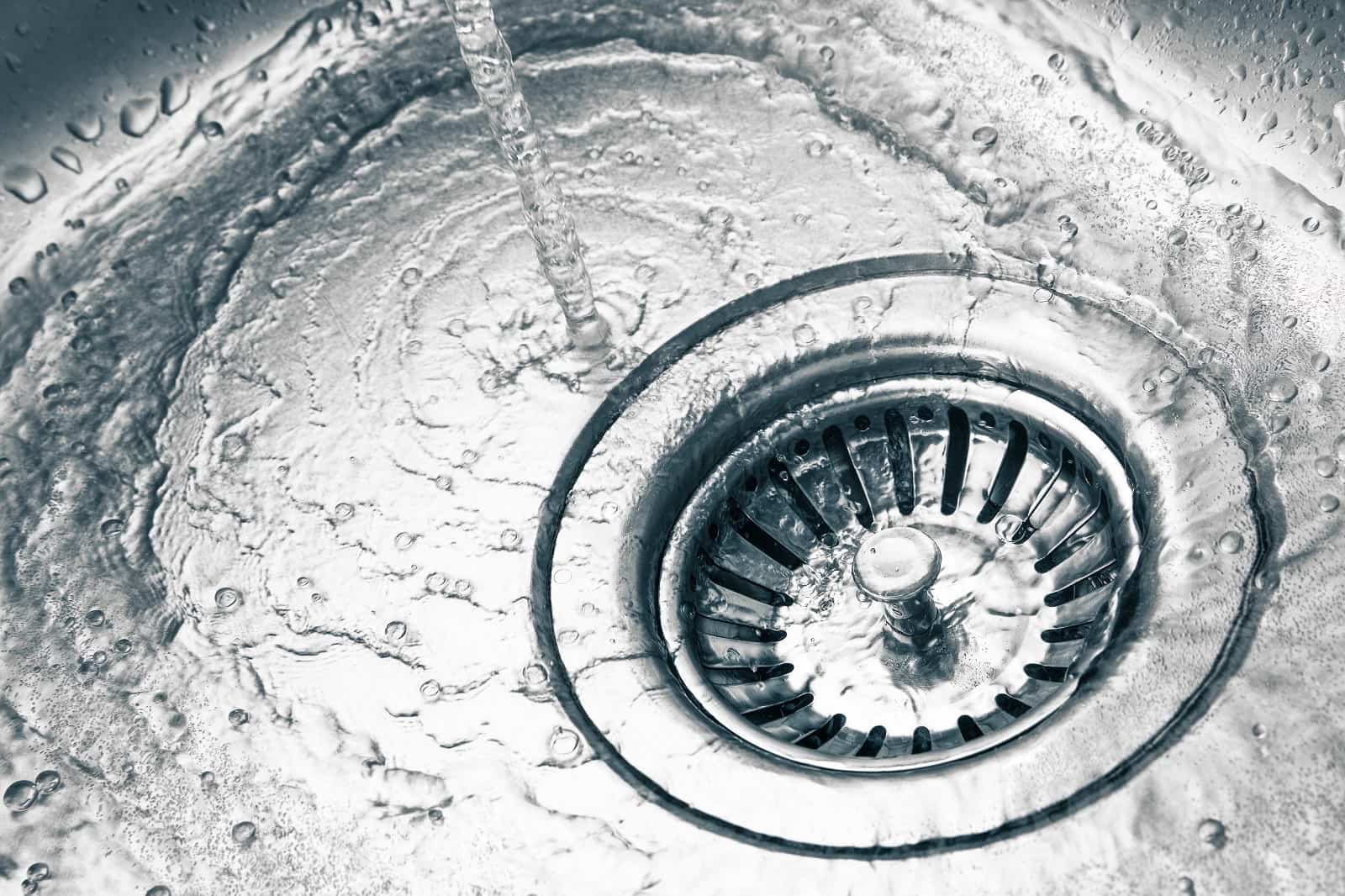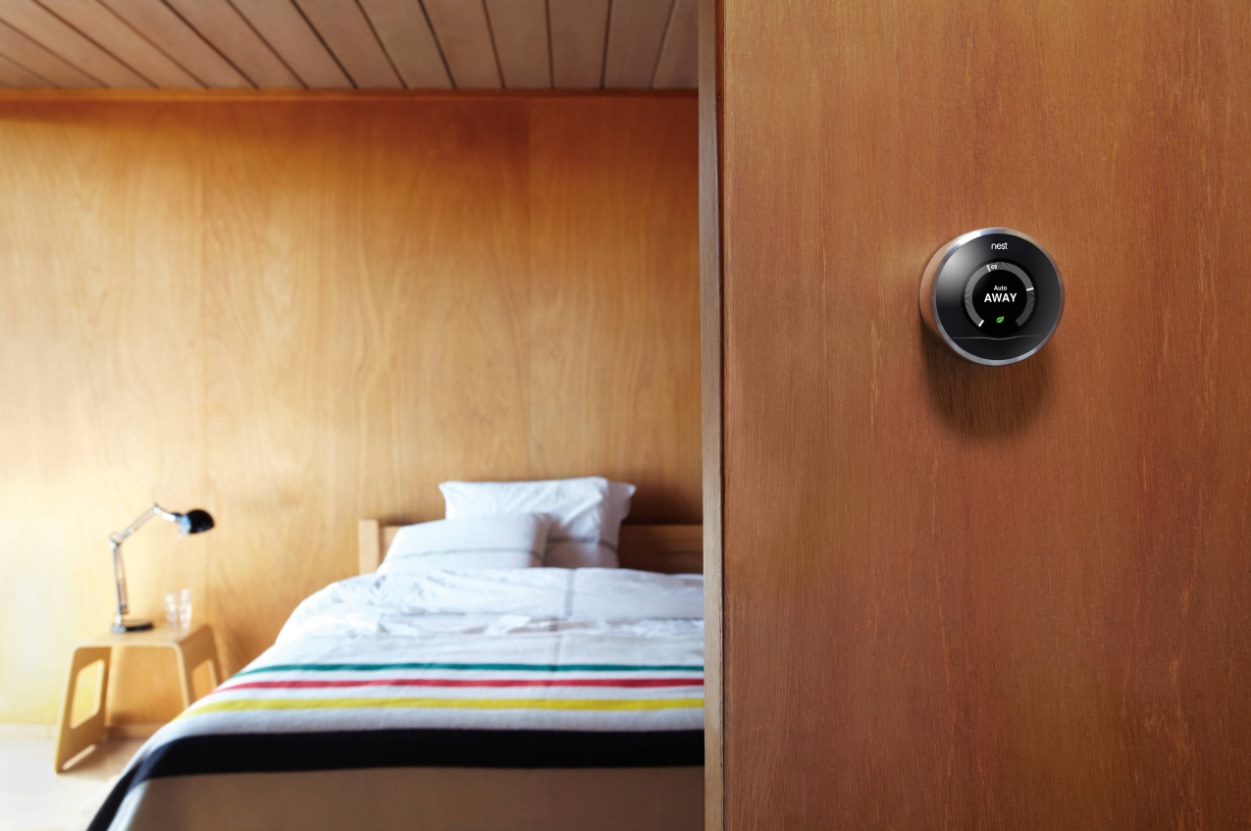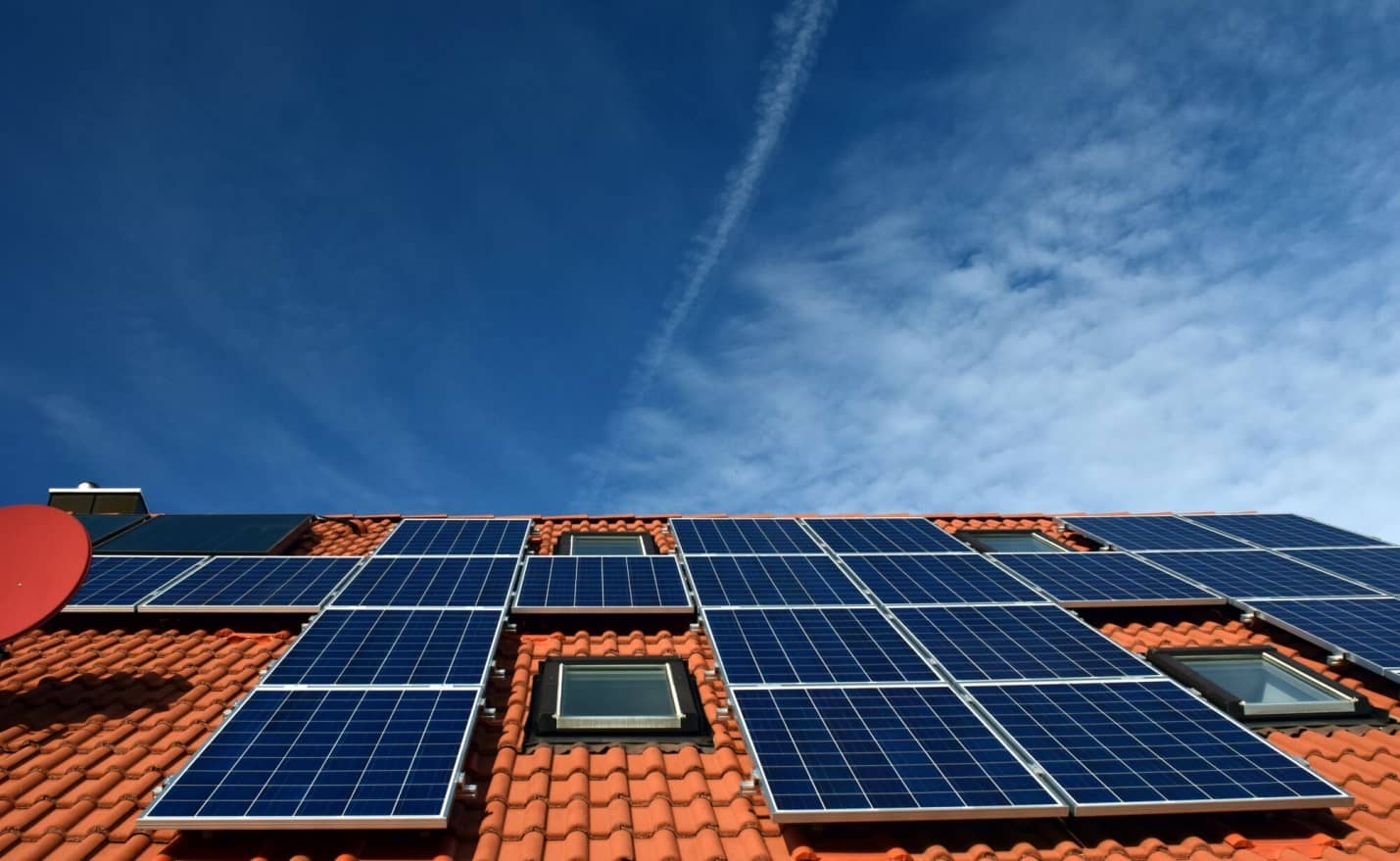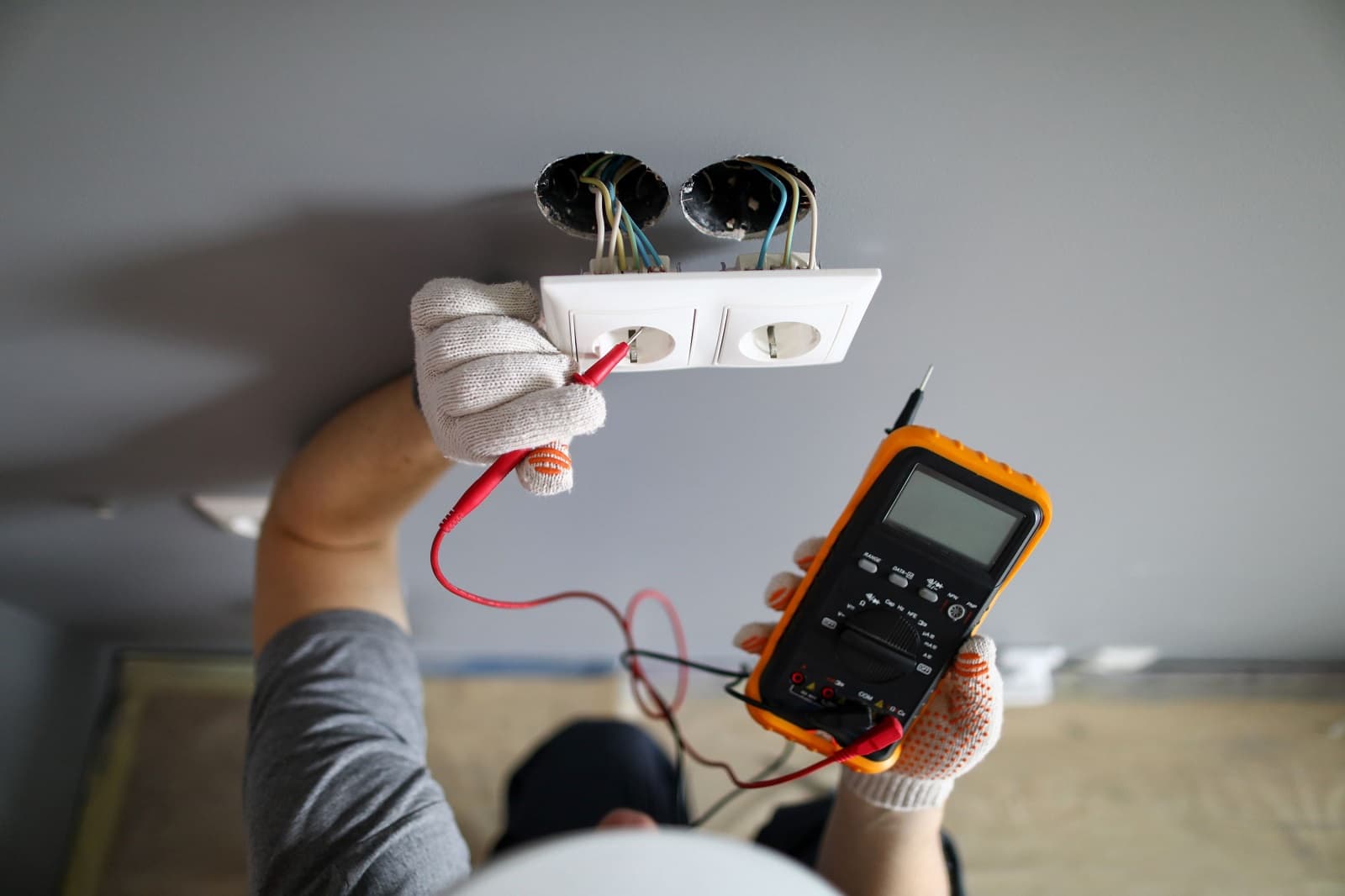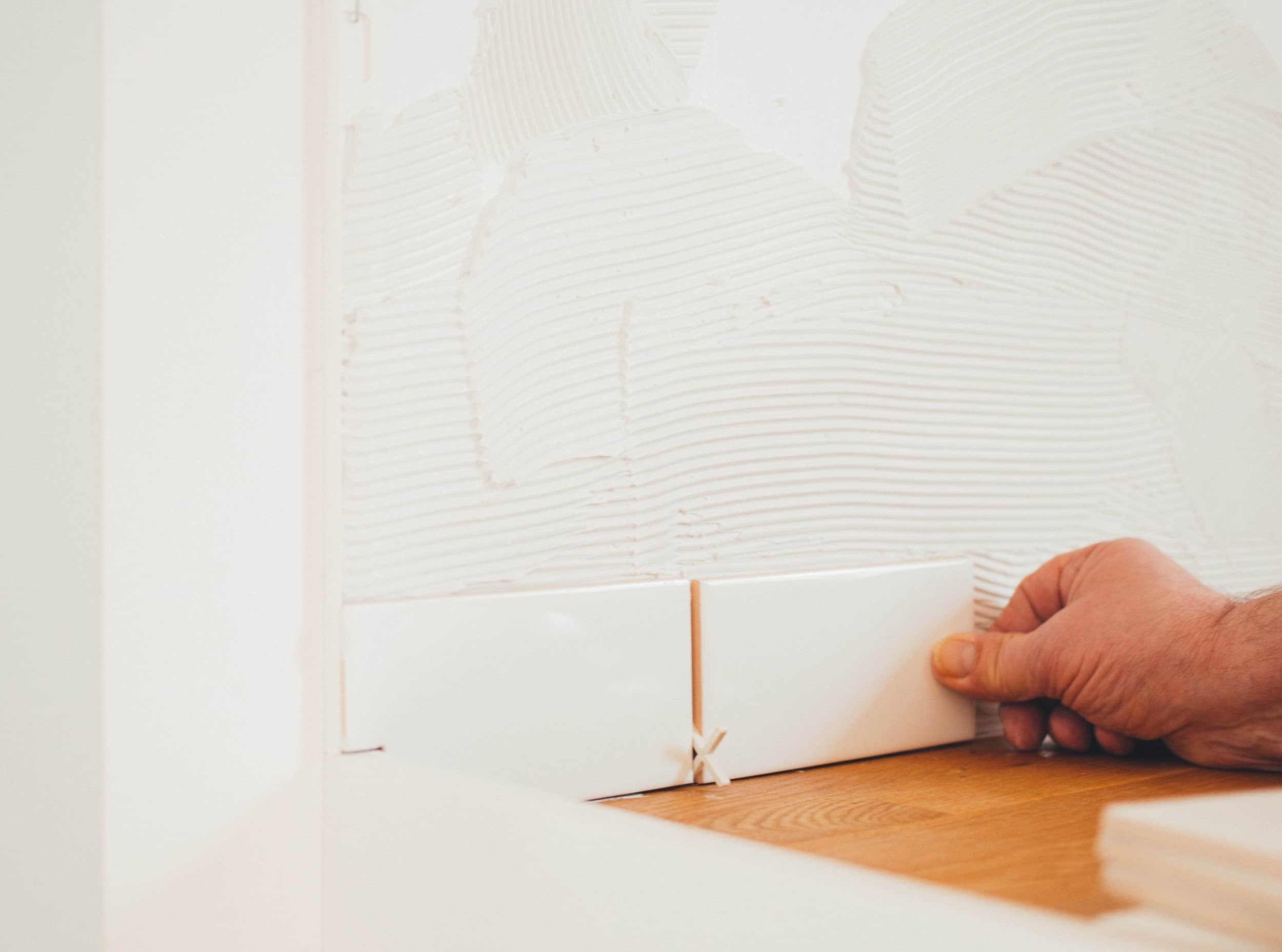Water management is the process of managing and distributing water resources. It’s important to utilize water effectively due to the effects it may pose on the ecological, economic, and social status of a particular location.
Ways To Manage Water In Your Home
Managing water at home might be a lot of work because it isn’t easy to keep tabs on every member of your household. It’s up to you to show them ways of managing the limited resource, which would save you money in the long run. Here are some tips and practices for home water management:
Remember To Turn Off The Tap
People tend to leave the taps running while brushing their teeth, shaving, bathing their pets, or while waiting for the shower to get warm. This habit can lead to the loss of about eight gallons of water every day.
If you’re battling low water production or just want to manage water generally, turning off your tap can help conserve your water and save you eight gallons a day. Investing in water management solutions from https://www.eppwellsolutions.com/ and others is recommended to increase water production and prevent over-pumping.
Place A Bucket In The Shower
Putting a bucket in the shower will catch the water that you leave to go down the drain. Instead of becoming waste, it gets to serve other purposes such as gardening, washing the car, or cleaning the toilet. This type of collected water is known as greywater.
Even though this type of used water might contain grease and other impurities, it’s very good for reusing. Recycling helps to manage water by reducing the amount needed by a household and also decreasing the amount of water going into the drain.
Here’s how you can use greywater for irrigation:
- It should be applied directly to the soil. Using a sprinkler might allow contact with the top portion of the plants.
- Only use on matured plants, not the young ones or seedlings.
- Make sure to apply greywater on flat areas where the water can’t runoff.
- You can create a filter by using a cloth bag and attaching it to the end of the hose. It’ll help keep impurities from getting into the plants.
- Don’t use greywater to irrigate root crops which are mostly eaten uncooked.
- Greywater from dishwashers shouldn’t be used for irrigation. They contain chemicals that are harmful to plants.
- Greywater shouldn’t be put into the toilet tank. Instead, it should be poured down the toilet bowl. Pouring it into the tank might cause mechanical malfunction and it can even backwash into the freshwater system.
- Greywater shouldn’t be left unused for more than a day. This is mainly because of the odor caused by bacteria build-up.
If you want to take your use of greywater to the next level, then you should consider treating it in other ways. Here are some of them:
- Settling tanks: A settling tank lets solid waste sink to the bottom, making the grease and oil stay afloat. It’s also used to cool hot water. Different types of tanks can be used for greywater settling, but the septic tank is most widely used.
- Filters: There are different types of water filters available for different volumes of greywater. The easiest method is a drain filter, also known as a cloth bag. Other types of filters include activated charcoal, ceramic cartridges, multimedia filters, and slow sand. When buying or creating your filter, check if it could be used for low volumes (gravity filters) or heavy flow rates (pressure filters).
- Disinfection: This is probably the most common way of treating greywater. Chlorine and iodine are used in disinfecting water and they’re also cheap and easy to use. It’s advisable to use a filter or settling tank before disinfection.
Make Use Of Tap Aerators
Aerators are small devices used with faucets to help control the amount of water flow by working like a sieve, reducing splashes in sinks. This device is mostly used in homes with old taps. It helps reduce the flow from about 15 liters per minute to about 6 liters per minute.
Aerators are easy to install with a variety of types. The good thing is tap aerators are cheap and they maintain the water pressure, so you won’t notice you’re managing it. Tap aerators, also known as faucet aerators, can save up to an average of 700 gallons of water per year or approximately 45 showers, saving you a lot of money.
Practice Wastewater Aeration
This shouldn’t be confused with the tip above. Wastewater aeration is achieved by deliberately adding air to the water, which rids it of any pollutants contained in it. The different types of aeration systems are listed below:
Diffused-Bubble Aerator
This is the most common type of aeration system. It works by creating bubbles that flow through different chambers. These get rid of chemicals and impurities by sending them into the air. This system has a flexible design, it lasts long and it can be used with deep tanks. The disadvantages of a diffused-bubble aerator include high cost, functional complexity, and it can’t be used in shallow tanks.
Packed Tower Aerator
Just like the name suggests, it’s a tower that contains packing materials. However, if you want to use this system in your home, then you need enough space. Packed tower aerators are about 10-feet tall and the packing materials in them are about 3 inches.
Packed tower aerators can be controlled by switching between the different sizes of packing materials. It’s also effective at getting rid of contaminants. The downside of this system is it takes up too much space and it costs a lot to provide energy for it.
Spray Aerator
These are mostly designed to rid greywater of volatile contaminants. The water treated is sent down to a vented tank placed under the spray heads. This is a simple system and it’s easy to maintain. It also doesn’t make use of excess space. The downside, however, is it has limited use, unlike other types of systems.
Before using this, you should know that maintenance of an aeration system is important, else it’ll become less efficient. You might need to constantly change old filters to new ones and add lubricants to the machine parts. You can keep track of the maintenance by writing records down in a logbook.
In case you use all types of aeration systems, then you should keep your environment properly ventilated. In this way, you won’t have any concerns about running them all properly.
Use Household Appliances Only When They’re Full
Household appliances here mainly refers to dishwashers and washing machines. Sometimes, you might think it’s better to wash a small load, but it’s better to wait till you have enough pile before you run these as it helps save water in your home. Nonetheless, some machines have the ‘small load’ option, which can also help reduce water usage.
Install Water-Efficient Shower Heads
This all depends on the design. Some showers are designed to conserve water but won’t give you the refreshing feeling you need. Meanwhile, some use aeration technology that’d still make you feel good when showering while saving water. You can check reviews to help you choose which is best for your household.
Monitor Leakages
Remember that droplets could make an ocean, and just imagine the volume of water being wasted away. Faucets used outdoors, spraying hoses, and refilling toilets and sinks are sources of water that might not be noticed. That’s why it’s advisable to check these places for leaks every day. And if you think the leakages would be hard to repair, hire a plumbing expert instead of fixing them on your own.
Get Acquainted With Dual-Flush Toilets
If you can, you should install a dual-flush toilet in your home because it uses less water for flushing, especially for the #1 option. If you can’t afford this type of toilet, then you should bucket flush instead. Make use of the wastewater you gathered during your shower and use just enough of it to flush your business down the toilet.
Use Water-Efficient Appliances
When buying appliances for your home, especially when you’re just moving into a new place, make sure to choose machines that conserve energy and water. Many machines have eco-friendly settings available, and this will help you manage your water usage. Before purchasing, make sure to read its features and assess whether it helps conserve water resources.
Conclusion
Water is used for different purposes, ranging from domestic uses, industrial uses, and medicinal purposes. It’s a vital resource that’s available in limited quantities, so it’s important to learn water management practices. The best water management practices help you conserve water and keep it clean and fresh; it also protects the environment.
Following the tips above can help you implement the best water management practices in your home and ensure you contribute to managing and conserving one of the earth’s most vital resources. Consider the ideas mentioned here as you use your household water more wisely.

